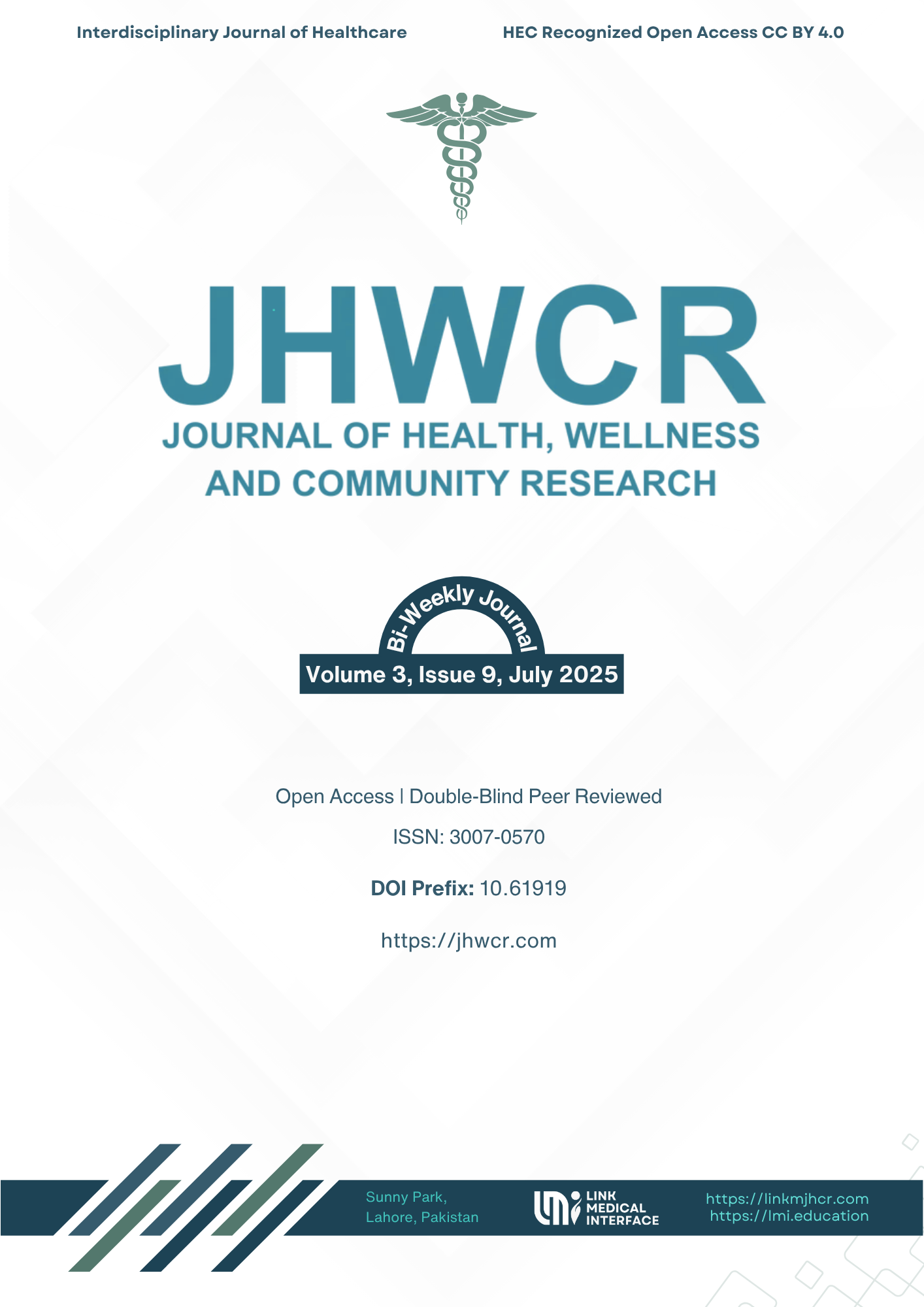Evaluating the link between TG/HDL-C ratio and coronary artery disease severity in patients with acute coronary syndrome
DOI:
https://doi.org/10.61919/4sk9gk72Keywords:
acute coronary syndrome, coronary artery disease, TG/HDL-C ratio, HDL-cholesterol, hyperlipidemia, vessel severity, cross-sectional studyAbstract
Background: Acute coronary syndrome (ACS) is a serious public health problem and is still one of the leading causes of death from cardiovascular diseases in the world. The lipid-derived markers such as triglyceride-to-high- density lipoprotein cholesterol (TG/HDL-C) ratio is becoming an indicator for the severity of coronary artery disease (CAD). Objective: This study aimed to determine the relationship between TG/HDL-C ratio and the severity of CAD in ACS patients. Methods: A cross-sectional study was conducted during December 2023 to May 2024. A total of 101 newly diagnosed ACS patients were enrolled using non-probability consecutive sampling. The TG/HDL-C ratio was calculated, and associations with the severity of vessel involvement were analyzed. Results: Most patients (87.1%) were aged 41–65 years, and males constituted 82.2% of the cohort. Diabetes mellitus (72.3%), hypertension (46.5%), and smoking (57.4%) were prevalent but showed no significant association with CAD severity. Hyperlipidemia was significantly associated with triple-vessel disease (p=0.014). Although the majority (79.2%) had a TG/HDL-C ratio ≥2.5, the association between TG/HDL-C ratio and vessel involvement did not reach statistical significance (p=0.102). Notably, lower HDL-cholesterol levels were significantly associated with more extensive vessel disease (p=0.042). Conclusion: the current study revealed a significant association of hyperlipidemia and lower HDL-cholesterol levels with increased CAD severity. These findings highlight the potential utility of lipid profile components, particularly HDL-C, in risk stratification among ACS patients. Further large-scale prospective studies are warranted to validate the TG/HDL-C ratio as a predictive marker for CAD severity.
Downloads
Published
Issue
Section
License
Copyright (c) 2025 Qaisar Abbas, Nusrat Shafi, Faisal Ramzan, Muhammad Shoaib Iqbal, Ghulam Mustafa, Aziz Ul-Rahman, Muhammad Asif Raza (Author)

This work is licensed under a Creative Commons Attribution 4.0 International License.


